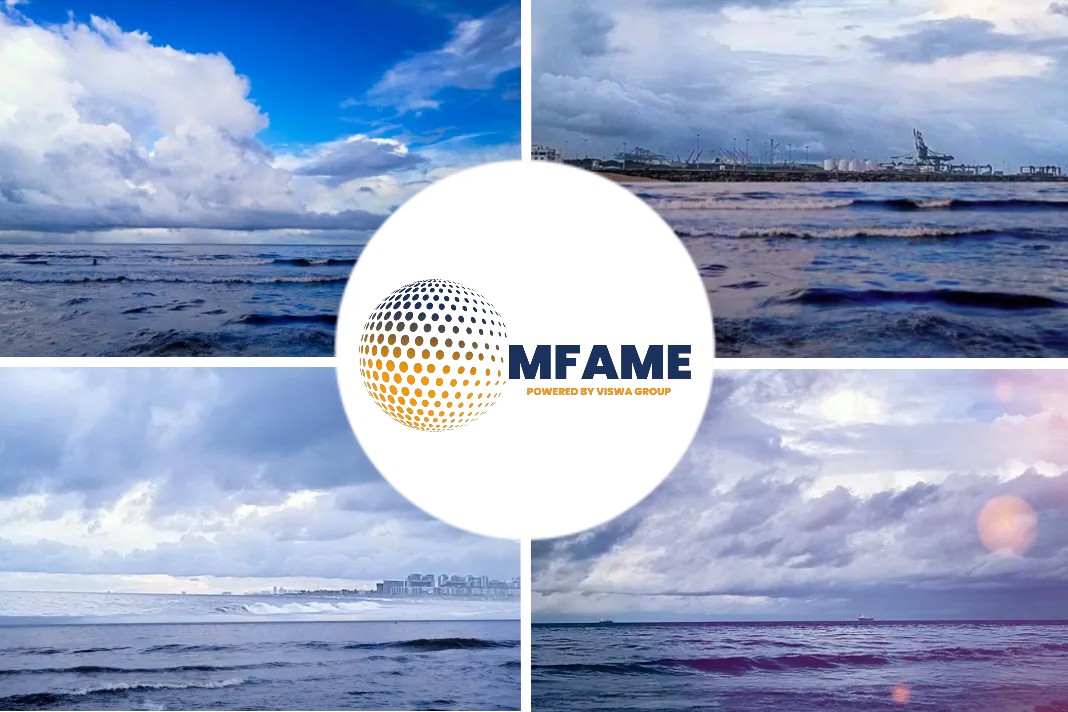
- One Sea Secretary General Sinikka Hartonen discusses the key developments in autonomous shipping in 2022.
- 2022 was a year of breakthroughs in autonomous shipping, opening the way for further significant progress in the coming 12 months.
- The International Maritime Organization (IMO) provided a roadmap for developing the MASS Code – anticipating a global regulatory framework.
The roadmap envisages the development of a goal-based instrument in the form of a non-mandatory Code, with a view to adoption in the second half of 2024 as the first stage. It also provides a gentle but much-needed push to start this important work.
Autonomous Technology
As regulatory work progressed, further advances in autonomous technology were also made during 2022, including through several real-life trials. For example, Avikus – which was founded by shipbuilding giant Hyundai Heavy Industries and is one of One Sea’s newest members – successfully completed the first ever transoceanic voyage of a merchant ship (the LNG carrier Prism Courage) using autonomous navigation technologies in June 2022.
Another world first was accomplished earlier in the year when Mitsubishi Shipbuilding and Shin Nihonkai Ferry completed the demonstration of fully autonomous ship navigation systems on a 222-meter RoPax ferry, Soleil , in Kyushu, Japan. The trial was part of The Nippon Foundation’s MEGURI2040 fully autonomous ship navigation project, in which One Sea member Monohakobi Technology Institute is an active participant.
Successful Trial
The recent upturn in successful trials of autonomous vessels has coincided with advancements in situational awareness and AI-enabled computer vision, in a trend expected to continue in 2023. Furthermore, the success of MAS, as well as that of Nellie Bly in 2021 and Prism Courage, demonstrates a growing trend towards trials taking place in international waters and involving representatives of multiple flag states.
Collaboration at the regulatory level is therefore critical, and to facilitate this, the industry needs common terminology. That numerous governmental organizations, educational institutions and technology providers worldwide are contributing to the realization of autonomous maritime transport systems is undoubtedly positive, but it can also cause issues with alignment. Against this background, One Sea and its members published an industry proposal for the Levels of Automation in shipping.
Automated and Digital System
There now appears to be an understanding that automated and digital systems onboard can help crew perform their duties by performing tasks which can be automated, therefore allowing crew to concentrate on tasks that require greater levels of attention. And while such technologies could lead to a fully autonomous vessel one day, it feels like the industry has reached the conclusion that this is still far from becoming a reality, and instead a step-by-step approach is needed to integrate such systems into ship operations. Encouragingly, recommendations for the MASS Code already support this function-based approach.
Did you subscribe to our newsletter?
It’s free! Click here to subscribe!
Source: Splash247





















